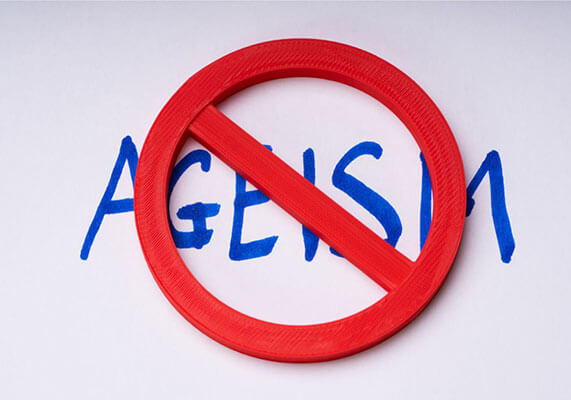
Did You Know? The words we choose can change the way seniors experience care delivery.
One out of five older adults experiences ageism in health care settings and those who frequently experience it have a higher risk of developing a new disability or worsening existing ones. (Source)
In everyday life, that number skyrockets. Thus, it is no surprise that ageism is common, experienced by as many as 80% of Americans older than 60 years of age. (Source)
Our research team took an in-depth look at how ageism can show up in everyday interactions.
According to SeniorLiving.org, “Despite the advances in medicine giving humanity longevity, our fate of living longer lives remain riddled with discrimination and prejudice. Ideally, we consider ourselves equal regardless of our race, income, gender, or age. But the reality is, today’s society treats older people unfairly, often lumping all aged 65 and up into a group of old, frail, decrepit, forgetful and sickly beings separate from the rest of society.”
This isn’t a strictly American challenge – the World Health Organization released a study on Ageism in Healthcare. It found that age bias in patient care can have the appearance of “devaluing older people’s lives, not just evaluating their health.” On a more positive note, the research also helpfully identified some simple ways to transform the culture of aging.
To begin changing the course of aging care:
In a recent article focused on Creating an anti-ageist healthcare system to improve care for our current and future selves, the research team overviewed the magnitude of studies (149!) documenting how ageism leads to barriers in access or denial of healthcare services and treatments, with age being the primary factor determining who receives certain procedures and treatments.
The team at Inspired Senior Care wanted to highlight the findings for our partners.
In a recent McKnights panel, expert panelists shared insights and many recommendations to promote change: make a ton of noise, speak truth to power, join groups and increase funding for home-based care and for SNFs. Include age in every equity, inclusion and justice conversation.
